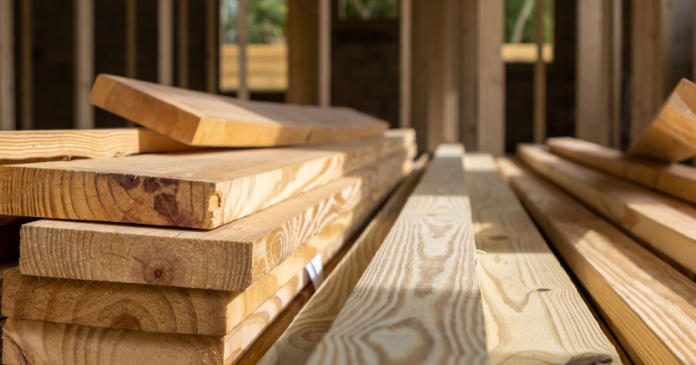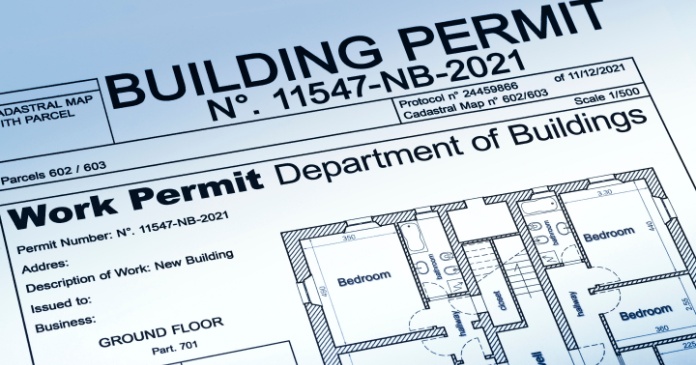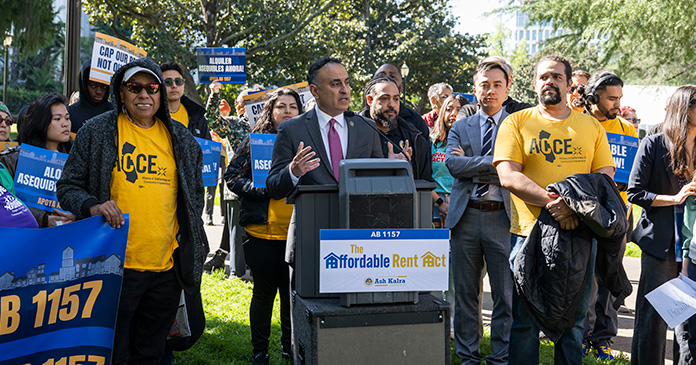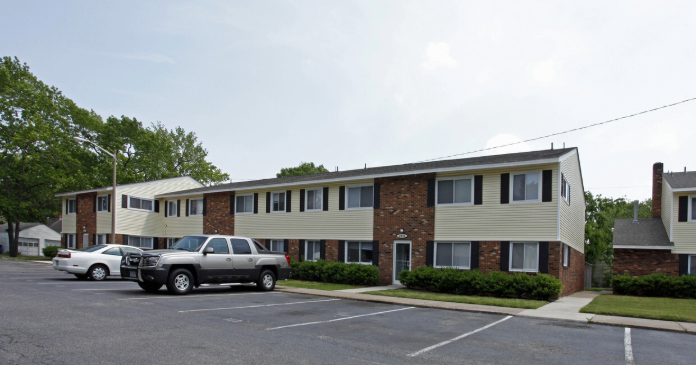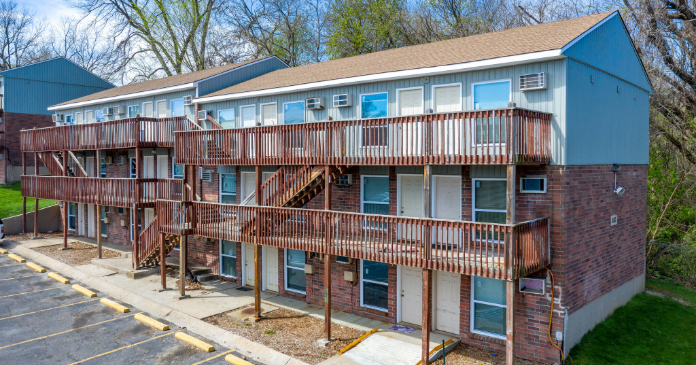The producer price index (PPI) report from the Bureau of Labor Statistics (BLS) stated that construction materials prices rose 0.3 percent month-over-month in November on a seasonally adjusted basis. In addition, the change in construction materials prices for October was revised 0.1 percentage point higher. October’s prices are now listed as being up 0.4 percentage points for the month. The index of components and materials for construction was up 1.3 percent from its year-earlier level.
Overall prices for processed goods for intermediate demand were unchanged for the month. The volatile prices of processed fuels and lubricants fell 1.2 percent while the prices of materials for food manufacturing were up 1.5 percent. The overall processed goods for intermediate demand index was 0.5 percent lower than its year-earlier level.
For reference, the changes in these indices compare with a 2.7 percent rise in the all-items consumer price index (CPI-U) for the 12 months ending in November.
Yield Pro compiled the BLS reported changes for our standard list of construction materials prices. These are prices of materials which directly impact the cost of constructing an apartment building. The first two right hand columns of the table provide the percent change in the price of the commodity from a year earlier (12 Mo PC Change) and the percent change in price from October (1 Mo PC Change). If no price data is available for a given commodity, the change is listed as N/A.
The pre-COVID column lists the change in the current construction materials prices relative to the average of prices from December 2019 through February 2020, before the pandemic impacted the economy. This provides a longer-term view of construction materials price trends.
| Commodity | 12 Mo PC Change | 1 Mo PC Change | Pre-covid Change |
| Softwood lumber | 11.8 | 3.4 | 20.7 |
| Hardwood lumber | 5.7 | (0.2) | 30.5 |
| General millworks | 2.8 | (0.0) | 31.7 |
| Soft plywood products | (8.8) | 0.3 | 60.6 |
| Hot rolled steel bars, plates and structural shapes | (10.0) | (4.0) | 36.4 |
| Copper wire and cable | 11.7 | (1.3) | 42.4 |
| Power wire and cable | 0.5 | (0.4) | 131.5 |
| Builder’s hardware | (0.6) | 0.0 | 24.8 |
| Plumbing fixtures and fittings | 1.8 | 0.0 | 19.8 |
| Furnaces and heaters | 0.5 | 0.0 | 37.2 |
| Sheet metal products | 0.5 | (0.3) | 46.8 |
| Electrical Lighting fixtures | 1.5 | 0.0 | 19.9 |
| Nails | (4.0) | 0.0 | 18.3 |
| Major appliances | (1.3) | (0.4) | 21.2 |
| Flat glass | 3.1 | (1.4) | 33.1 |
| Ready mix concrete | 4.0 | 0.5 | 37.8 |
| Asphalt roofing and siding | 2.0 | (1.5) | 43.2 |
| Gypsum products | 5.3 | 0.5 | 48.5 |
| Mineral wool insulation | 7.7 | (0.4) | 50.4 |
| CPI-U (unadjusted) | 2.7 | (0.1) | 22.3 |
The prices used by the BLS in compiling the indexes are collected on the Tuesday of the week containing the 13th day of the month. In November that would have been November 12. In the December report, the data collection date will be December 10.
The first chart, below, shows the price index history for wood products over the past 37 months.
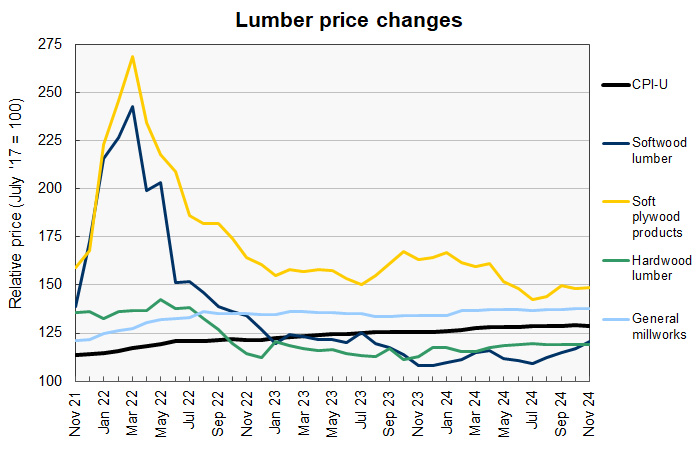
While the price of softwood lumber has been on a downward trend since mid-2022, it rose again this month, the third month in a row. Also, its 3.4 percent rise for the month is well above the rate of increase seen for any of the other construction materials prices that we track.
The price of soft plywood products also increased again this month, although its apparent increase was aided by a 1.1 percent downward revision to its level of the month before. The index rose 0.3 percent and is up 4.3 percent from its recent low in July.
The next chart, below, shows the recent history of several other construction materials prices. These are relatively simple commodities whose prices are strongly driven by those of the materials of which they are comprised.
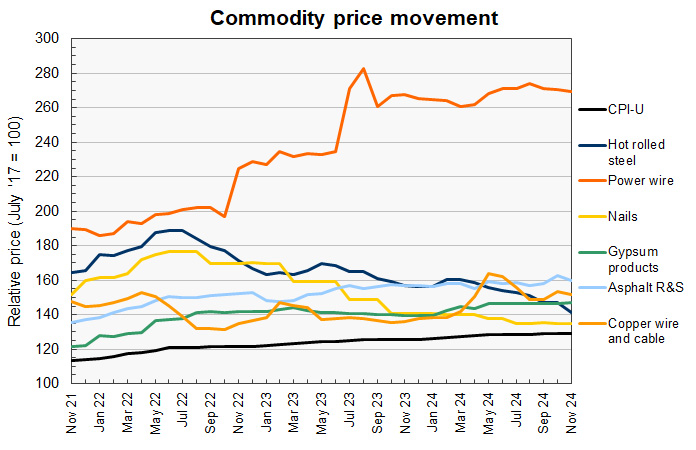
The price index for copper wire reversed direction and fell this month. In addition, downward revisions were made to the price indexes of the last 4 months. However, copper wire’s 11.7 percent year-over-year price gain is still the second largest of any of the construction materials prices that we track.
The price index for power wire and cable was reported to fall this month, but only because of an upward revision to the index of the month before. Compared to the preliminary index value reported last month, the price index is up 0.4 percent.
The price index for hot rolled steel bars moved lower again this month, although the reported size of the decline was enlarged by an upward revision to the index value of the month before.
Price changes for several of the more finished goods from our sample are illustrated in the final chart, below.
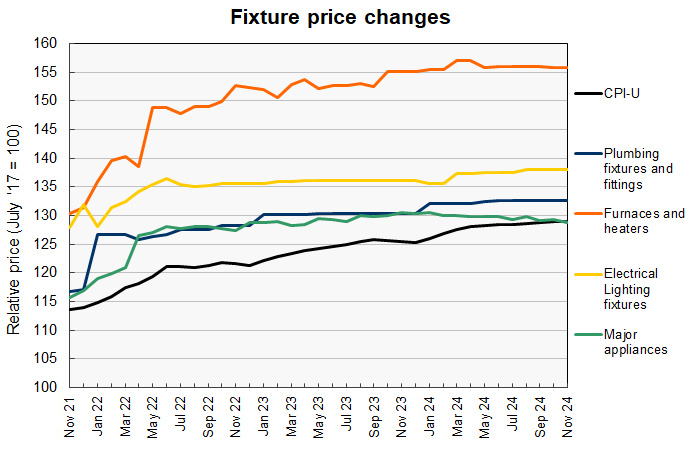
The price indexes reported for the goods included in this chart have been remarkably stable with none of them increasing at a rate greater than that of the CPI-U over the last year.
The full current BLS report can be found here.


